| |
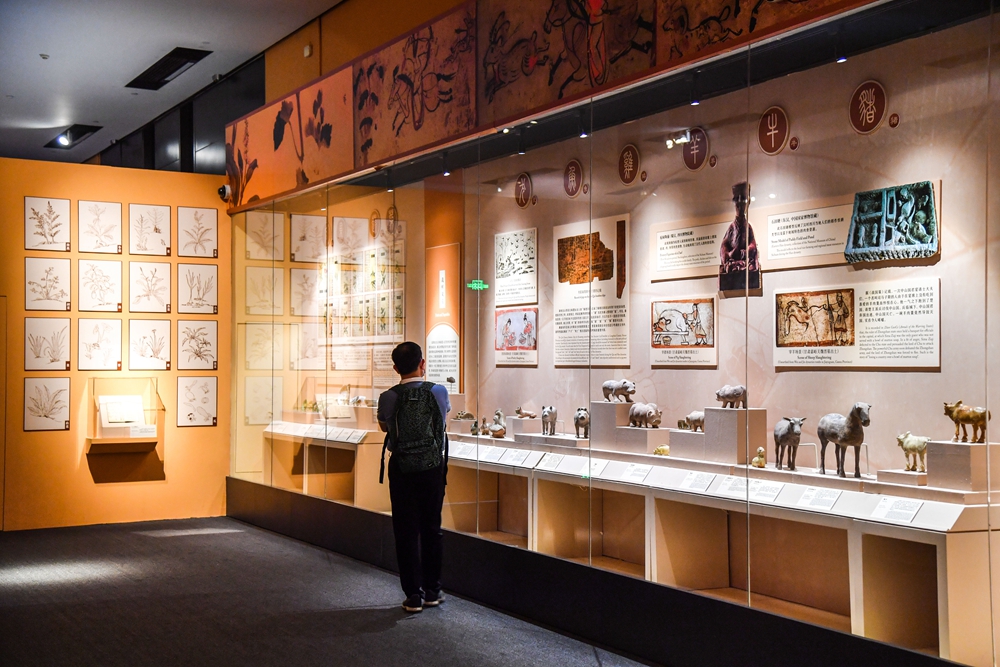
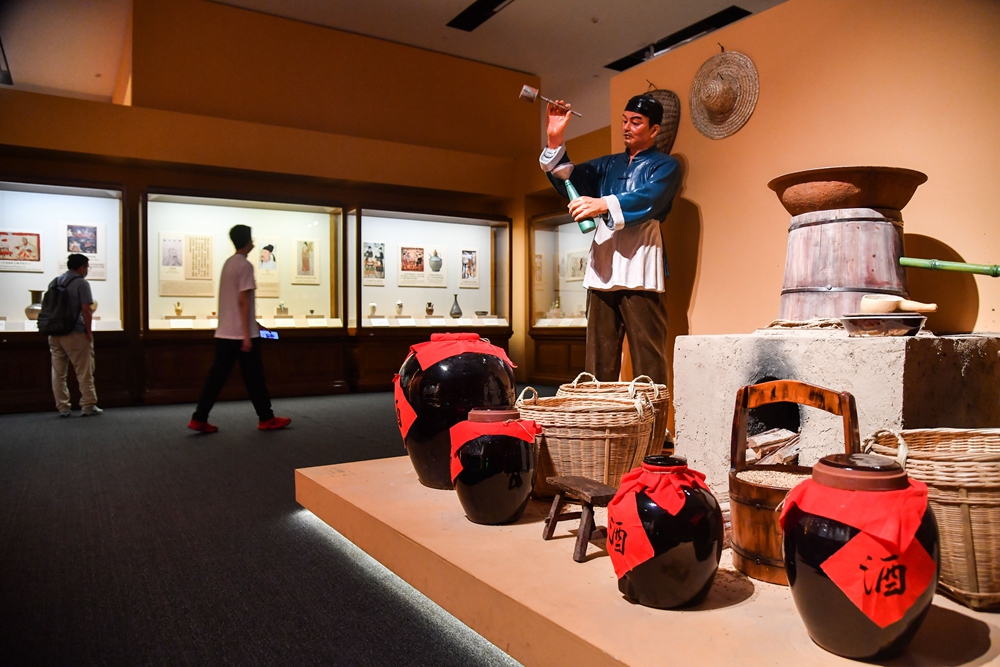
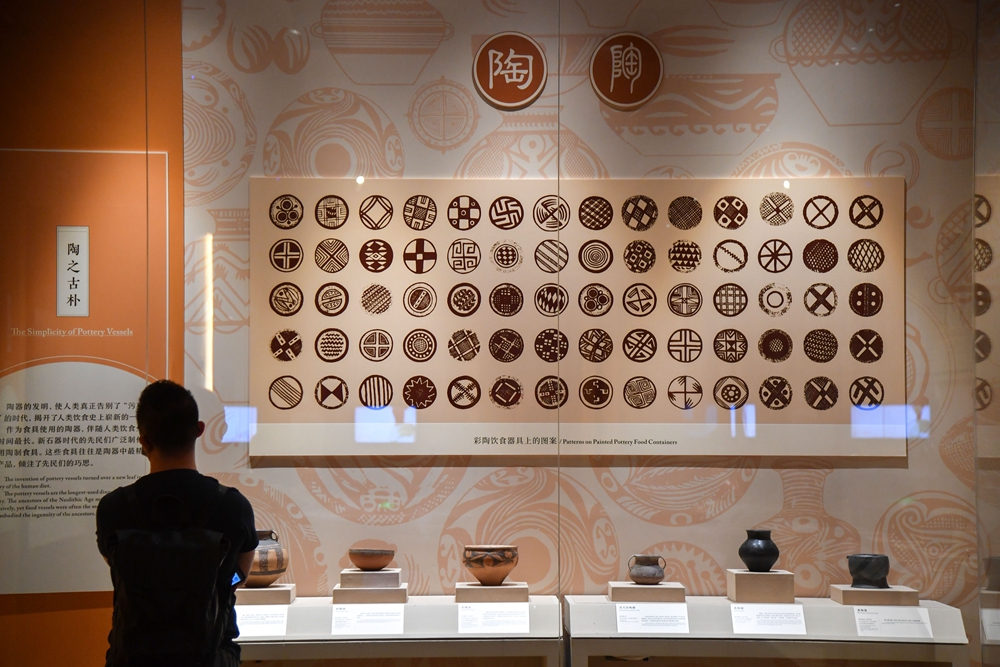
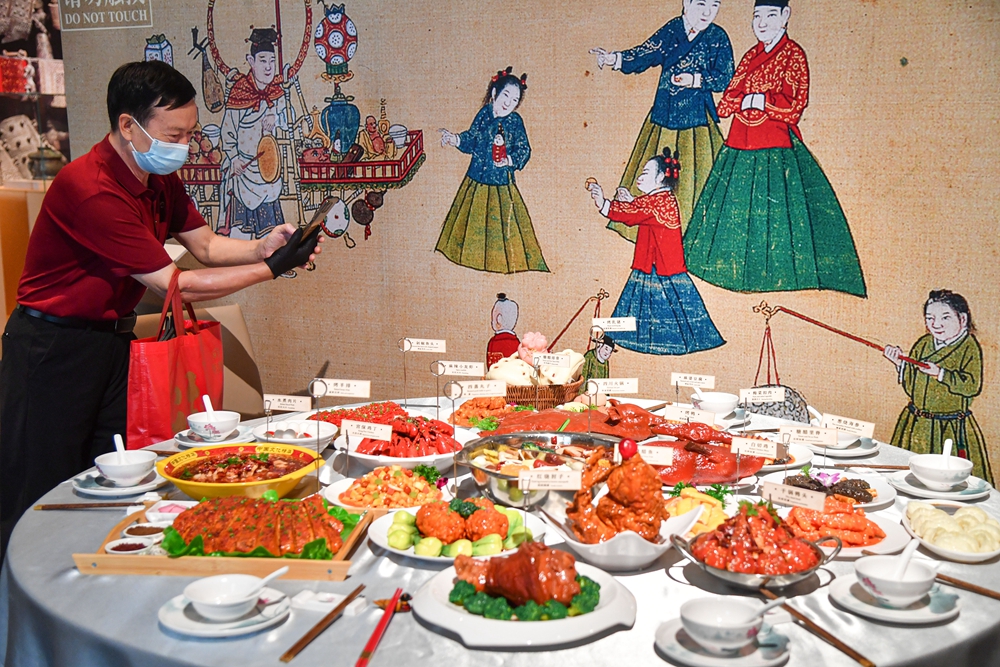
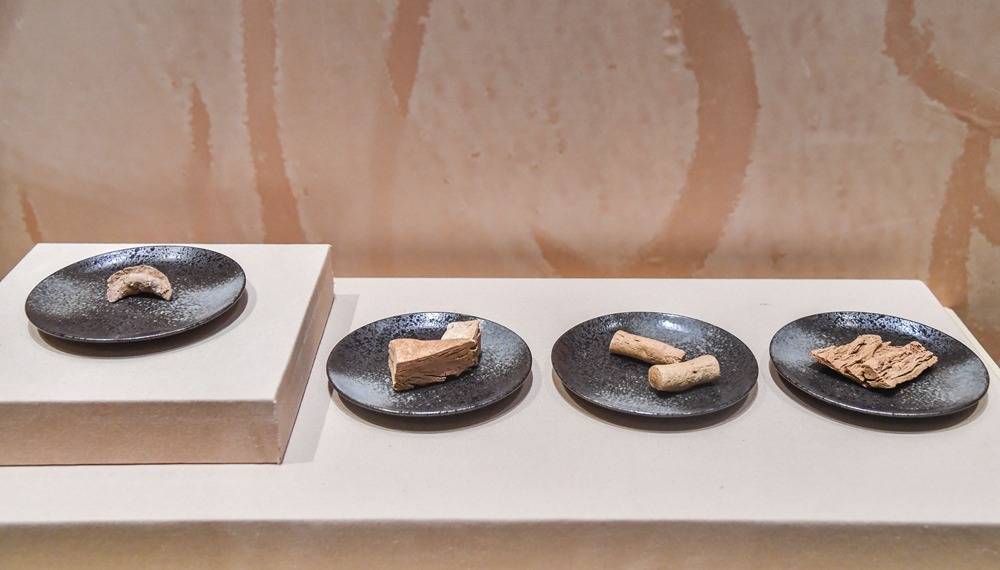
1/5
|
|
|
The old Chinese saying "to the people, food is heaven" is a good indication that the people of China are pretty serious about food and eating. Suffice it to say, they love to eat, and when they are not actually eating, they are either talking about eating or planning what to eat next. All clichés aside, there are at least three reasons for the nation's tasty fascination that dates back several millennia. One, a longstanding civilization. China has been developing the many food sources at its disposal since ancient times—now that's "honing your cuisine craft." Two, a wide geographical range. The country's landscape covers desolate deserts, thick jungles, rolling grasslands and fertile plains; putting to good use what Mother Nature has to offer, menus are further modified to cater to local palates. And three, ancient China was plagued by famines. As a result, the people can spice things up by getting creative with whatever ingredients they may have at hand. The Exhibition of Ancient Chinese Food Culture hosted by the National Museum of China in Beijing features pieces (sets) of cultural relics, from the historical dining table to the contemporary booth. From the carbonized rice of the Liangzhu civilization, the last Neolithic jade culture in the Yangtze River Delta, to the bronze kitchen kits of the Shang Dynasty (1600-1046 B.C.), the various vegetables, fruits and meat preferences of the Han Dynasty (202 B.C.-A.D. 220), and the duck-shaped tin teapot of the Qing Dynasty (1644-1911)... This exhibition tells the tales of China's different tastes over the past 5,000 years and serves up a real treat for all the food culture lovers out there! (Text and photos by Wei Yao) Copyedited by Elsbeth van Paridon Comments to dingying@cicgamericas.com |
|
||||||||||||||||||||||||||||
|
